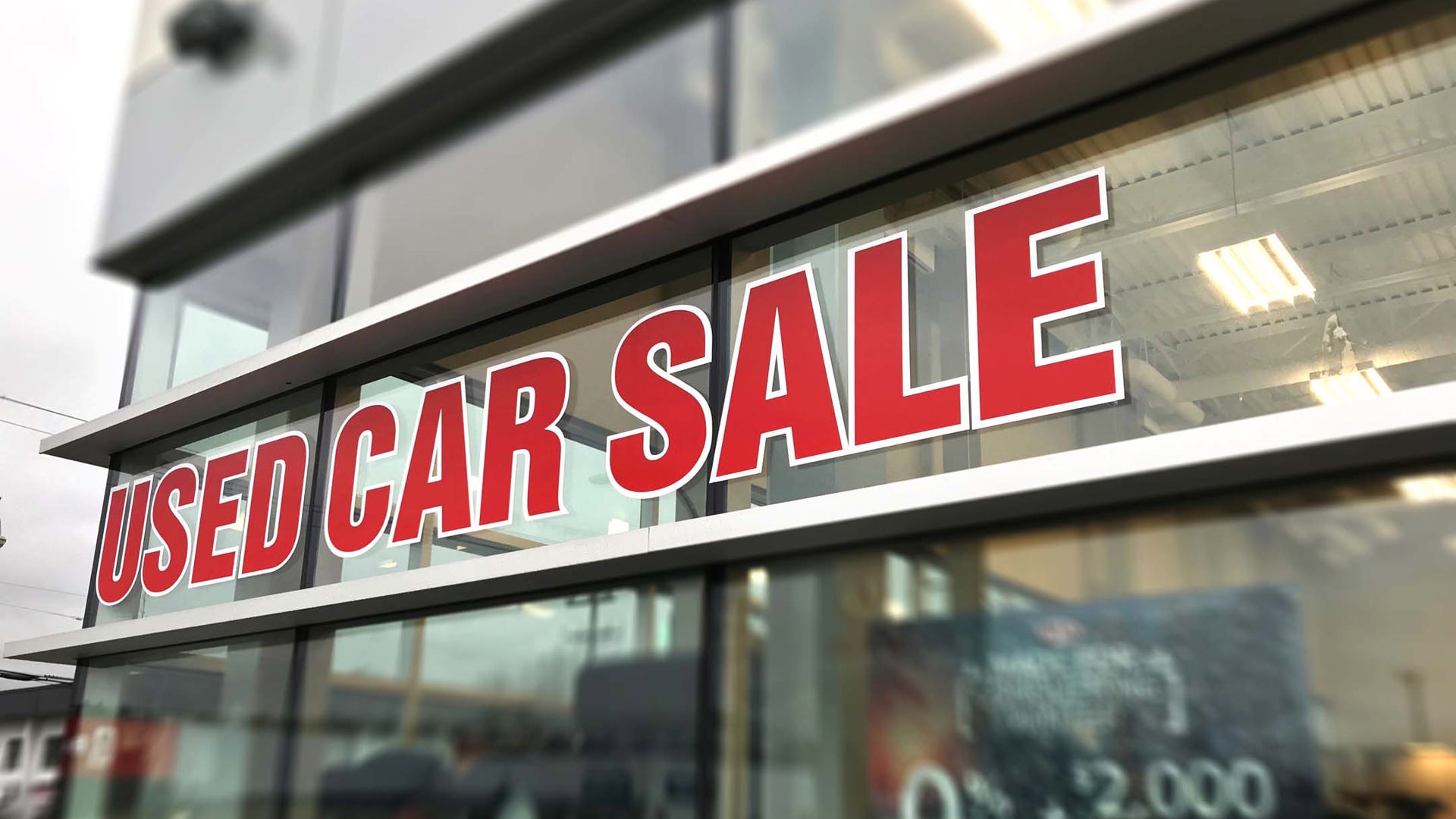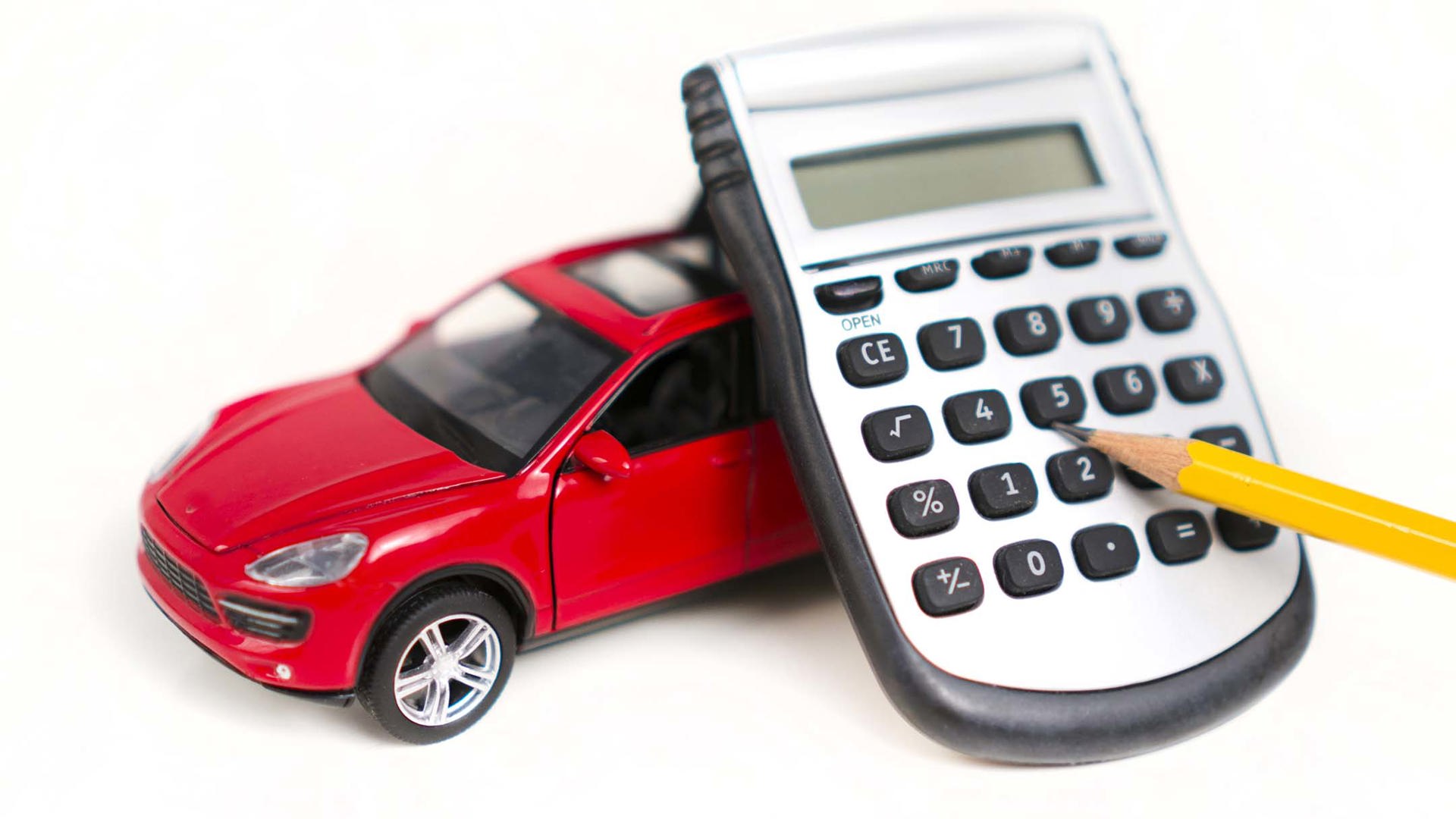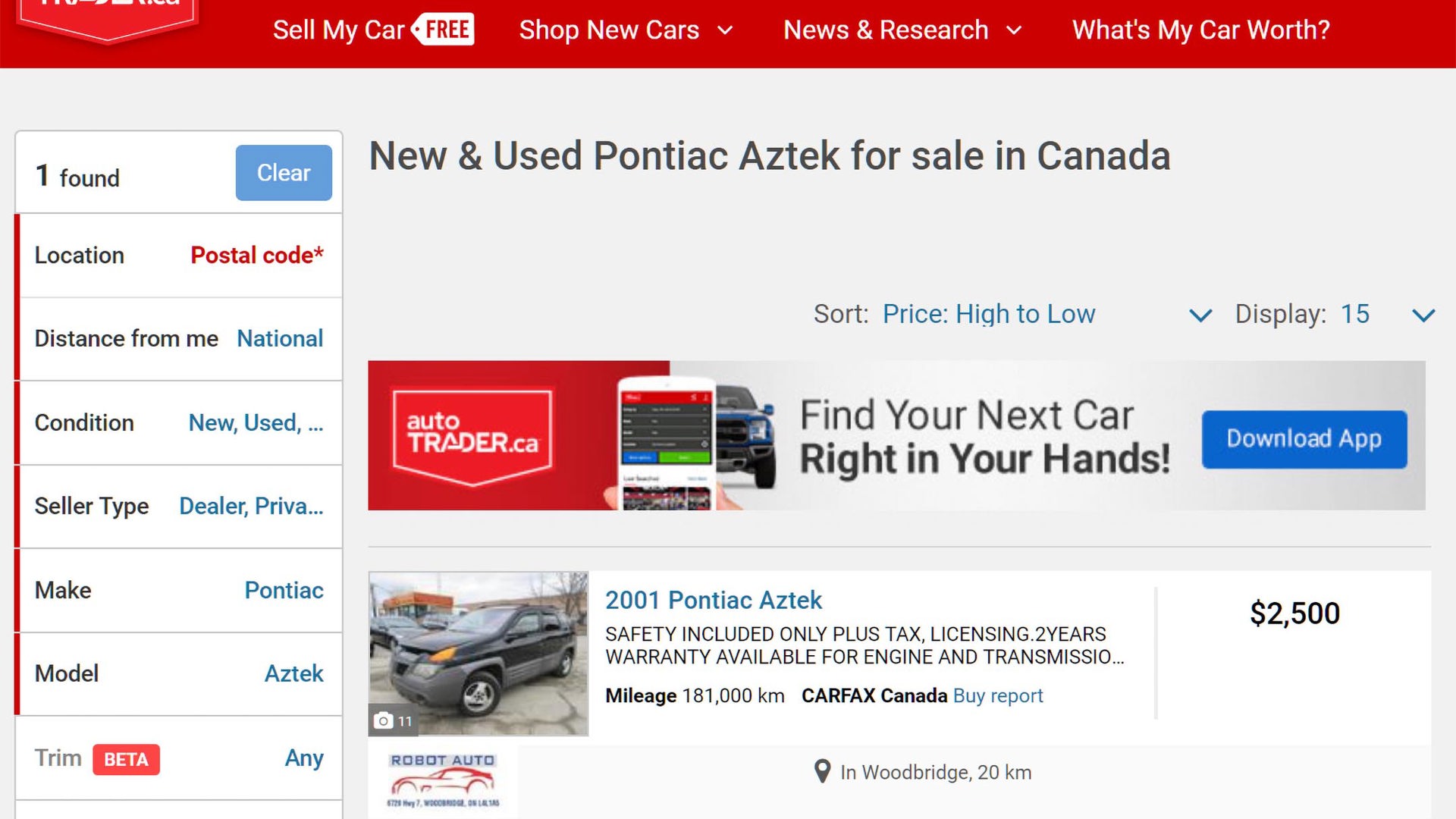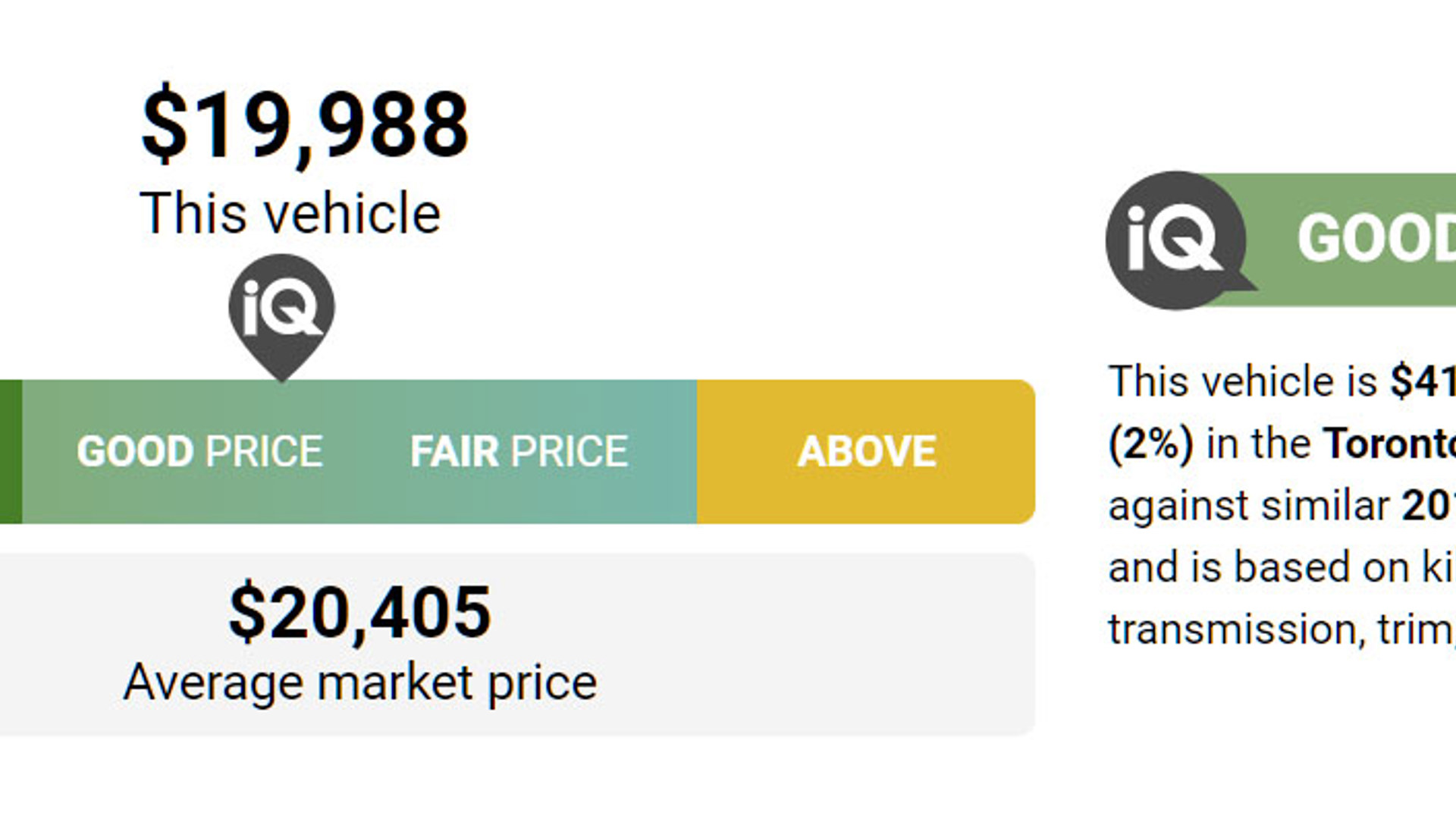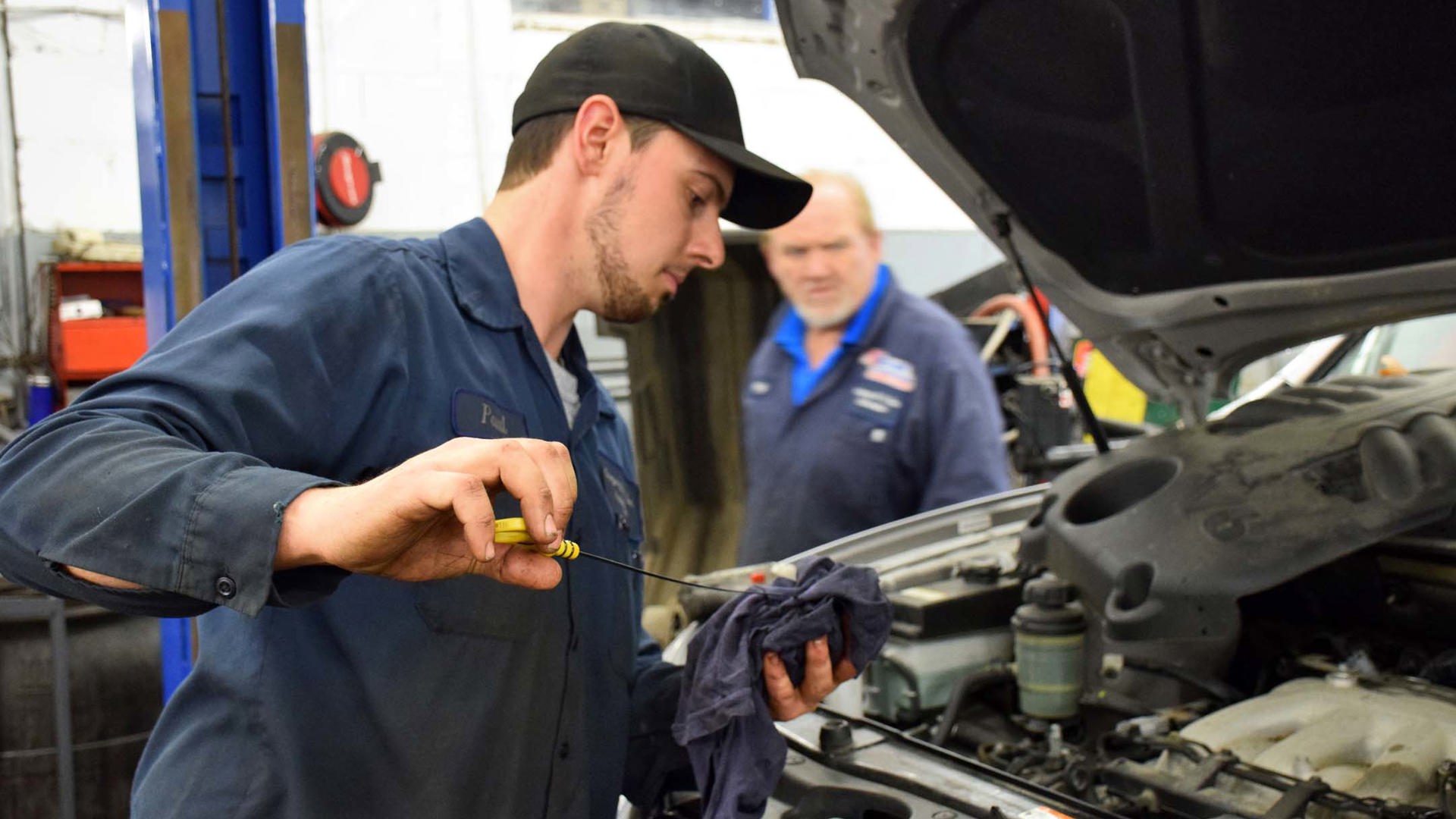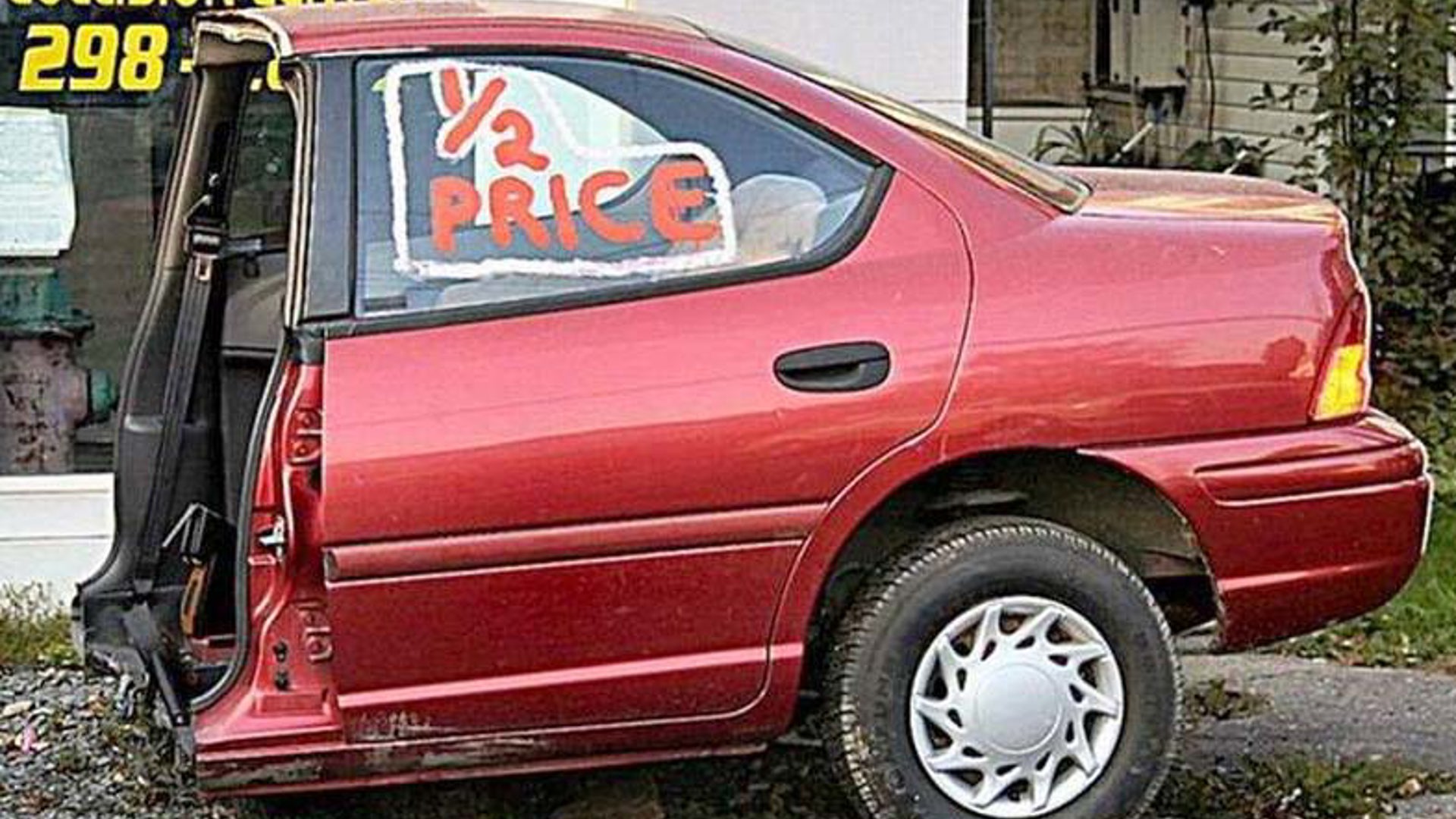Wholesale? Resale? Red Book? Market value?
Pricing your used ride for sale or trade-in can be a confusing process. Input the details of your car, truck, or crossover into a variety of online tools, and you’ll likely be presented with a variety of different answers to the all-important question “What’s my car worth?”
Also, terminologies can be confusing, and many variables are at play.
Below, we’ll help cut through the noise and nomenclature, and provide some tips and advice to help determine, as accurately as possible, what you can expect to receive when you sell your ride, or trade it in.
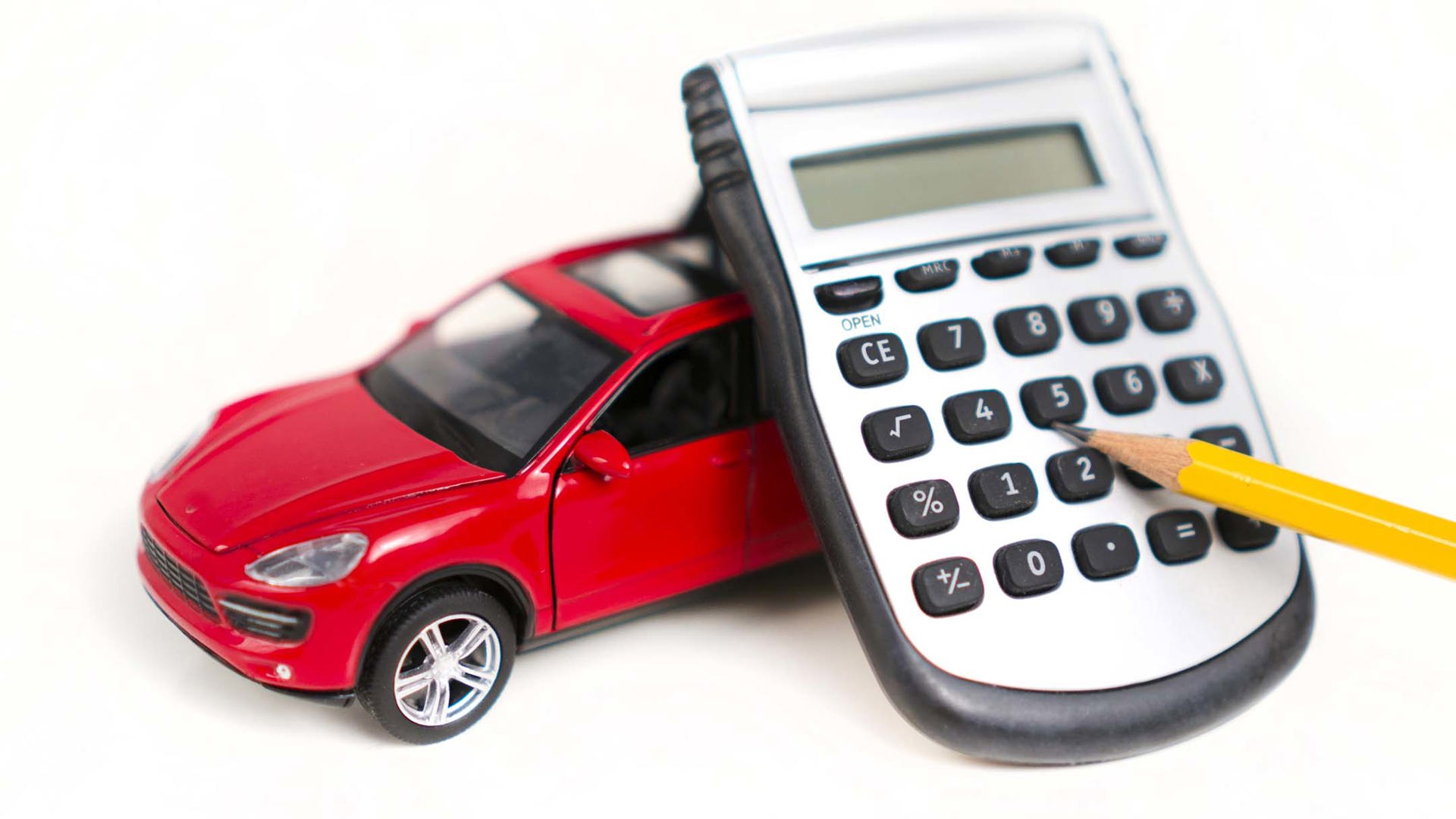
Wholesale vs Retail
By definition, wholesale is the selling of goods that will be retailed by someone else. Conversely, retail is the selling of goods to the public for use or consumption.
For instance, a snack company might sell chocolate bars (at a wholesale price) to a convenience store. The convenience store will then re-sell those chocolate bars (at retail price) to its customers, for a profit. Perhaps the snack company sells the chocolate bars at a wholesale price of $1.00 to the convenience store. The store then sells the chocolate bars at the retail price of $2.50, which translates to a profit of $1.50 for the store.
In the case of a used car, wholesale value is the value you might receive for your vehicle from a dealership on trade-in. The dealership gives you the (lower) wholesale price for your vehicle, and later sells it to one of their customers at the (higher) retail price.
Private Sale vs Trade-in
If you sell your vehicle privately to another customer, you’ll sell it for its retail price.
If you’ll sell your vehicle to a dealership (by trading it in), you’ll be selling it for its wholesale price.
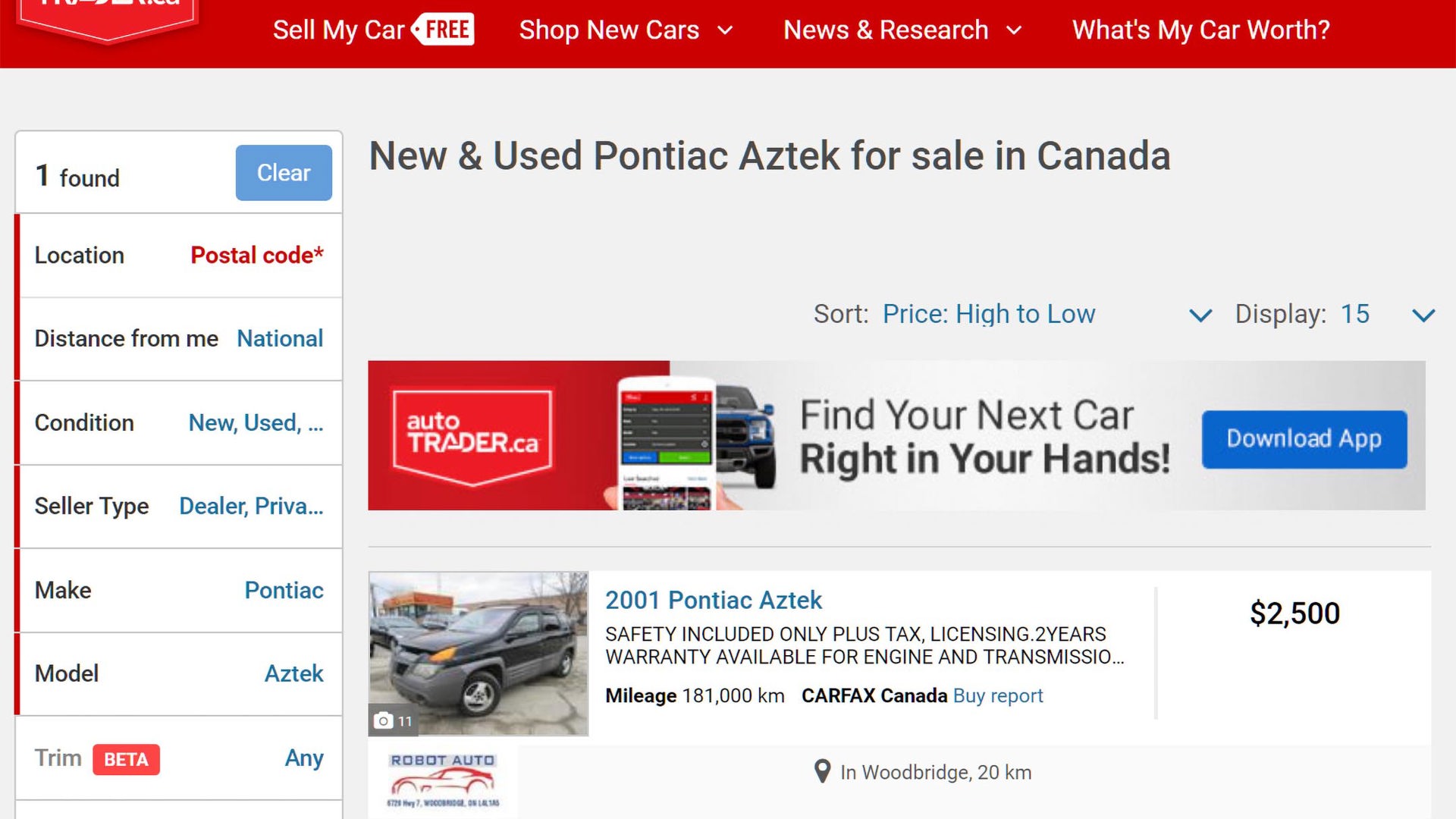
Setting the Right Private Price
If you’re planning to sell privately but aren’t sure how much to ask, several steps can point you in the right direction.
Shop the Competition
One of the easiest is to log into a website like autoTRADER.ca and use the search function to find province-wide listings for vehicles just like yours. You can use the basic and advanced search tools to look specifically for the same year, make, model, trim level, and mileage of car or truck.
The search results will display the asking prices of dozens or hundreds of models, just like yours, across the province. Searching nation-wide is also possible. The results will help you zero in on what other sellers of cars, just like yours, are asking for.
Just remember to key in all relevant information, so that you’re comparing apples to apples. The condition, mileage, year, body style, installed engine, other features, trim grade and any optional equipment all have an effect on what your used ride is worth.
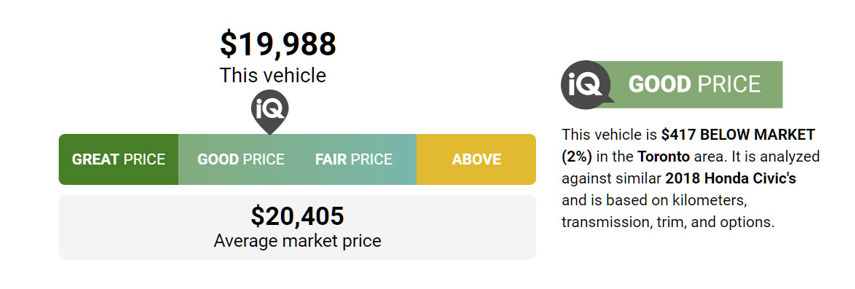
To help you zero in on an attractive price, the autoTRADER.ca search engine has the Auto IQ system built in, which automatically compares prices of similar vehicles in your locale. The range of prices is presented as an easy-to-understand infographic that indicates whether a given listing’s price is above, below, or at the average for similar models for sale in your area. If you’re wondering whether a given asking price might be too high or too low, the Auto IQ system makes it easy to confirm.
Using a Valuation Tool
An online valuation tool can help you more easily determine what to ask for your used car. For example, autoTRADER.ca lets you check “What’s my Car Worth?” – you can look up the estimated value of a trade-in or private sale using the same parameters as above: year, make, model, trim, mileage, area, and condition.

Setting the Right Trade-in Price
Typically, the wholesale or trade-in value offered by a dealership will be notably less than the retail price for the same vehicle (whether sold privately, or by the dealership).
Dealerships are in the business of making profit – meaning they’ll typically offer you less for your trade-in than you’d be able to sell it for privately. In exchange for this lower value, the dealership (not you) is on the hook for advertising, registering, reconditioning, and certifying your trade-in for sale. They, not you, will have to deal with questions, visitations, and test drives by prospective buyers. (If you’re trading in for another vehicle, you’ll also benefit from only having to pay sales tax on the price after your trade-in has been deducted.)
To get an idea of what your vehicle is worth as a trade-in, visit a few car dealer websites and look for online trade-in value estimators. Or, if you prefer, talk to some used car sales representatives instead. Provide the details of your vehicle, and they’ll likely get back in touch quickly with a ballpark trade-in value.
Be sure to compare the results of multiple dealerships, and note that an initial trade-in estimate can often be provided quickly over the phone, sight unseen.

After the initial estimate, a dealership will typically inspect your trade-in carefully, and the final trade-in value is presented for your acceptance after your vehicle has been carefully scrutinized by a technician.
Instant Cash Offer (ICO) Program
If you’re unsure about how to research and price your used car, or if you’d rather get rid of a used vehicle as quickly as possible in exchange for something newer, then the an instant cash offer (ICO) program is a novel solution that may be ideal. Simply submit the details of your vehicle online, and you’ll receive a cash offer based on its age and condition.
After entering all appropriate data, the ICO system provides a cash offer certificate, which you can show to a participating dealership to make selling your used car quick and easy – with minimal second-guessing on the right amount. There’s no need to haggle with strangers, and you’ll save time. Best of all, you can use the autoTRADER.ca ICO program to sell your car, even if you don’t want to buy another one.
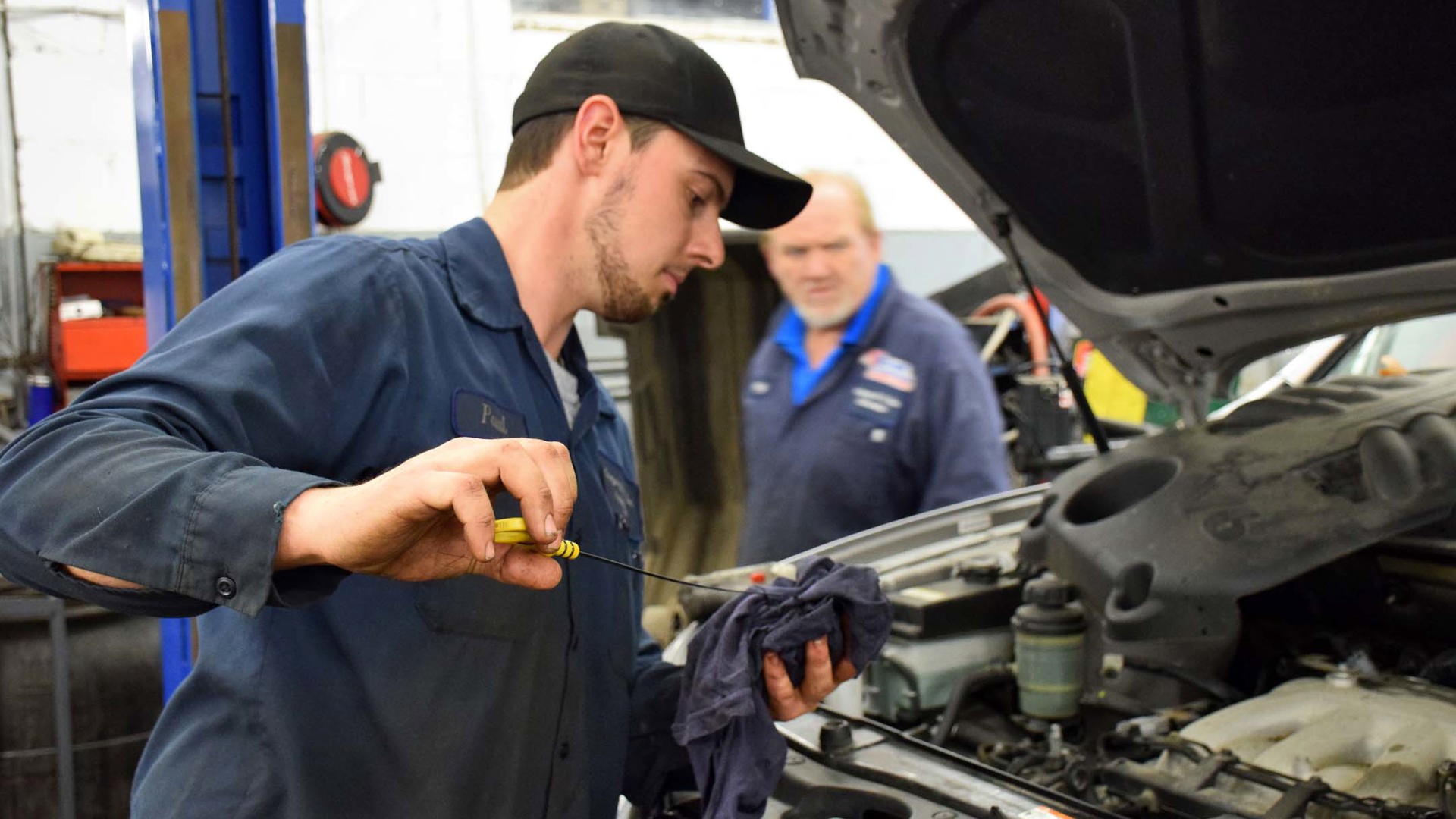
Increase the Value of Your Used Car
Various steps can be taken by owners, both during the life of their vehicle and as it comes time to sell or trade in, to help enhance its value.
Vehicles available with full and continuous service records, vehicles that have been properly maintained, vehicles that have been continually rust-sprayed, and vehicles with suspension, brake, and driveline components in excellent shape are typically worth more than vehicles that have been poorly cared for.
If your vehicle will soon need attention to its brakes, tires, or body work, it’s worth less than a vehicle that doesn’t. Ensuring your vehicle is as presentable as possible also helps: unsightly rust, scratches, and chips all reduce your vehicle’s value.
This is why proper care and maintenance of your vehicle throughout its life is such a good idea: proper upkeep can put money back in your pocket when it comes time to sell or trade in.
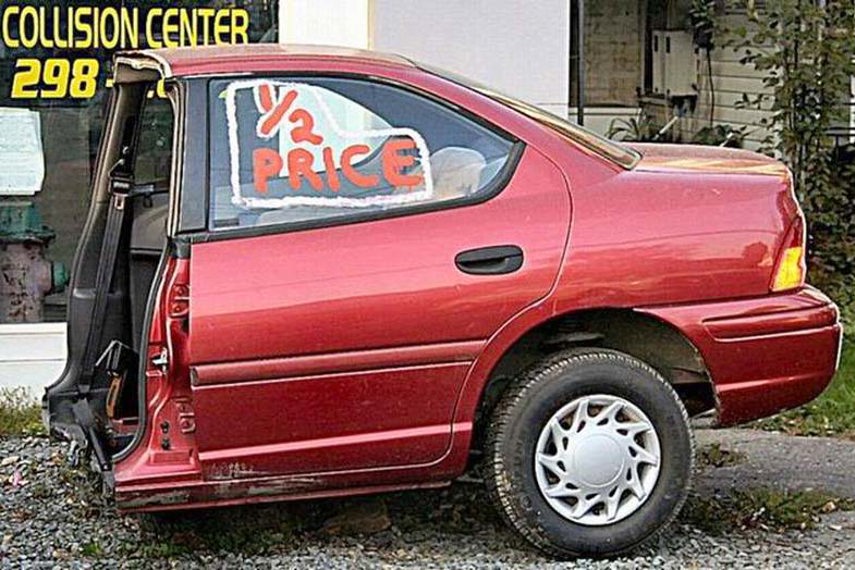
Expect Less If…
If your used vehicle needs some work, and you’re selling it “as is”, then you can expect to receive a lower offer – whether selling privately or trading in. In addition to immediately obvious factors such as cosmetic damage, worn tires or brakes are easily detected, and will decrease your vehicle’s value.
Further, some modifications (non-factory wheels, engine parts, body parts, lighting, stereo provisions, and more) can also decrease the value of a used vehicle, sometimes considerably. If you can’t provide ongoing service records to prove the vehicle was properly cared for and maintained throughout its life, expect a lower offer as well.
